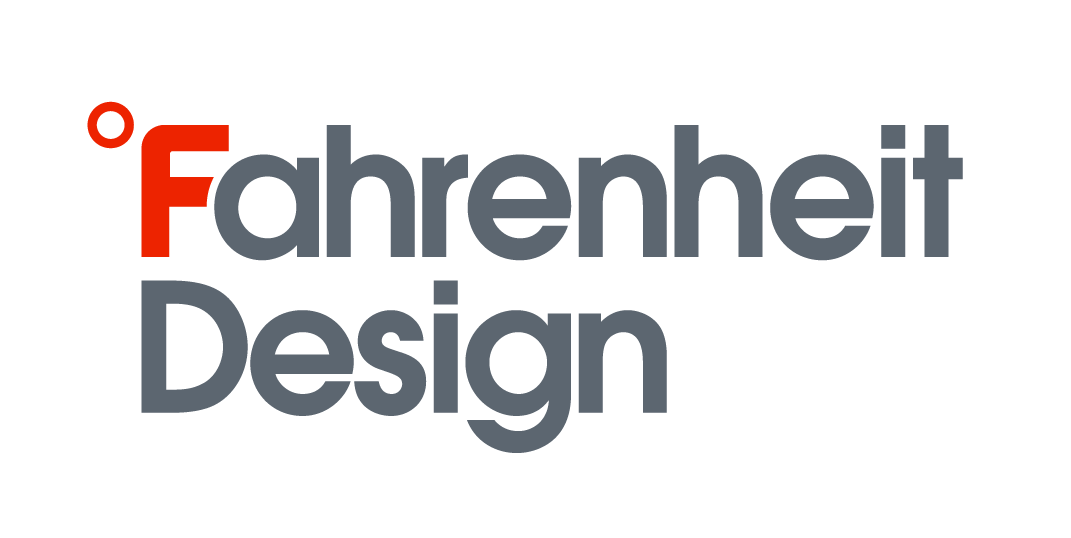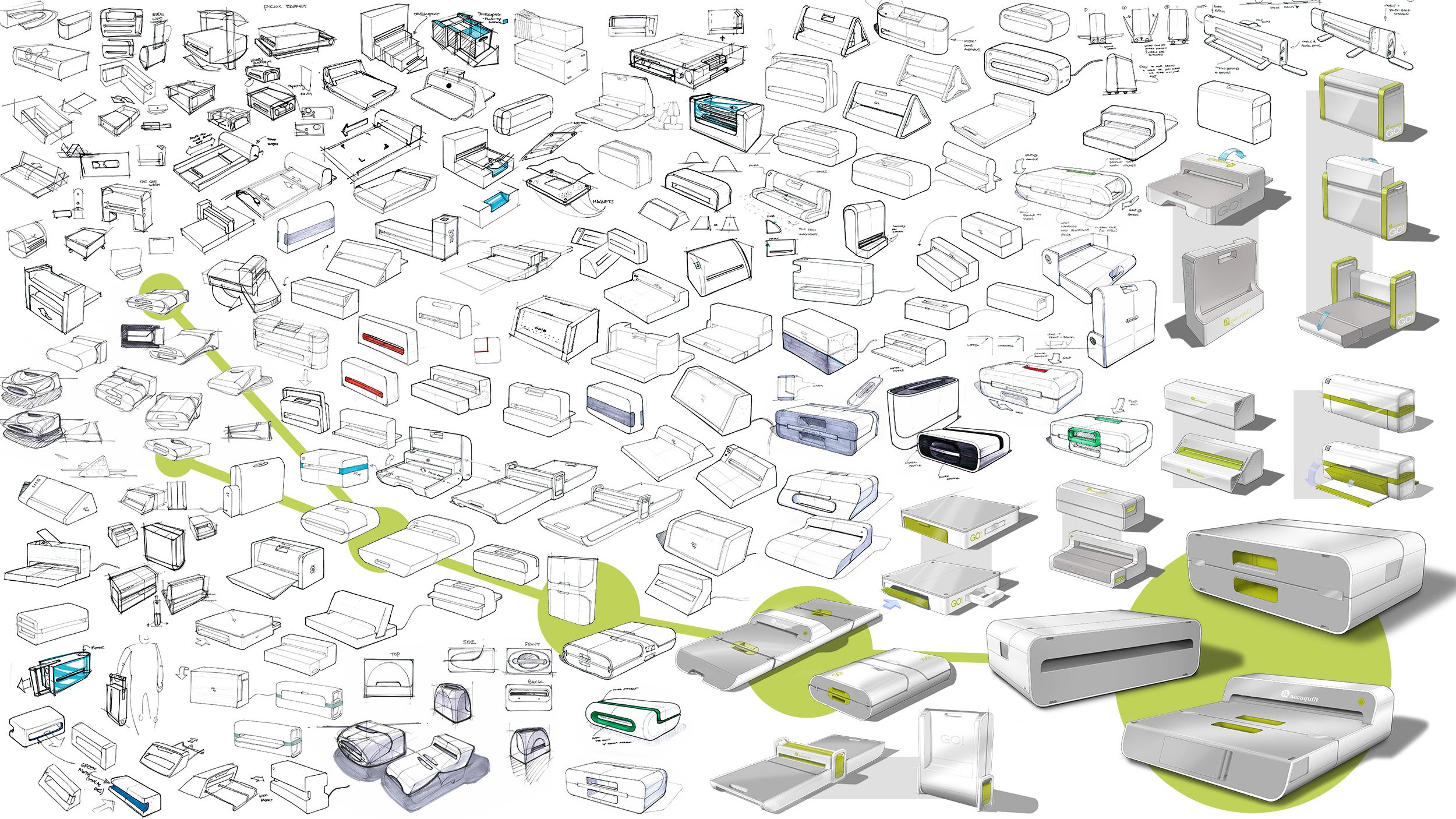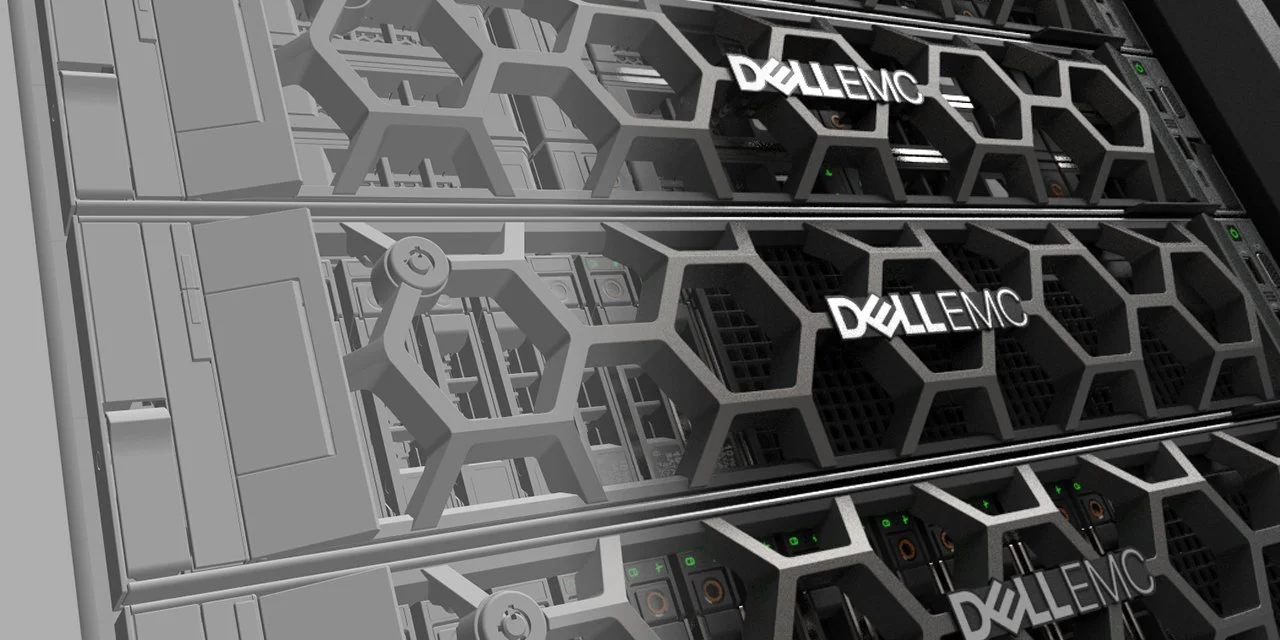What is Industrial Design?
Industrial Design (ID) is responsible for countless objects we interact with on a daily basis, but many people have never heard of it.
Industrial design is the creative process of taking an idea for a product, and figuring out what the final form and function should be. Put another way, it’s the design of mass manufactured products, with a focus on how they look and what they do. It is not the same as engineering.
Historically, industrial designers have essentially been artists who understand manufacturing. The attention has been on the look, functionality and manufacturability of an object, in order to make products appealing and makeable. In consumer products — and many non-consumer — strong aesthetics are imperative to success.
Industrial designers are also concerned with user experience. A beautiful product will not win people over if it is frustrating to use, or overlooks their needs. Understanding the needs and feelings of the user is critical to what we do, and balancing them with the business goals of the client is our specialty.
ID lives at the intersection of art and science. One must have an ability to understand technical concepts, while having an instinct for making things look good. Undergrad degrees in industrial design can be either a Bachelor of Arts or Science, depending on the institution.
Activities in Industrial Design
Companies like ours are experts in everything from early-stage definition to prototyping. Read on to learn more about things we might do in a typical workday.
Research
All projects start with some research to understand the user, trends and technologies. The amount of research needed varies widely depending on the project.
Learnings at this stage create the foundation for the rest of the product development process.
Brainstorming and Ideation
Time to be creative! Armed with our understanding of the problem, this is where we generate loads of ideas. We will do several rounds, building on our thoughts as we go. By the end we have anywhere from dozens to hundreds of sketches.
Typically, hand sketching is the best tool for the job, but occasionally 3D modeling and mockups are useful during ideation as well. The keys here are speed and volume of ideas.
Concept Refinement
From here we pick a few general directions — typically three to five — and take them to a higher level of detail. We’ll more deeply consider the usability and manufacturing. We’ll then represent the ideas in more realistic formats, starting with high-fidelity sketching, and eventually doing 3D modeling and rendering.
3D Modeling
3D modeling, also called 3D CAD, is the bridge between sketches and the real world. Here we translate our 2D ideas into digital 3D objects, refining things like curvature, proportions and part breaks.
Among the most common programs for doing this are Solidworks, ProE and Rhino. At Fahrenheit, we use whatever software our client uses.
3D Rendering
To evaluate concepts, it helps to visualize them as realistically as possible. This is where rendering comes in — using the 3D CAD we created, we can apply materials and lighting to see what it will look like once it’s made.
Prototyping
There are several ways to prototype, and each fulfills a different role at a different stage of the process.
For instance, a functional prototype may work, but not reflect how the final device will look. Conversely, an aesthetic prototype (commonly called a “looks-like”) may look good, but not work. During ideation, we’ll sometimes make mockups - quick and dirty physical representations of ideas. How and when we make physical objects depends on the nature of the project.
FAQ
Is that all there is to product development?
Industrial design defines what the product should be, but more work is needed to make that real. Designers are often involved in these later efforts. For example, Fahrenheit can facilitate engineering, sourcing, manufacturing, and anything else needed to complete the development of a product.
Is industrial design the best approach for my product?
It depends. Products that are seldom seen or interacted with may not benefit from a full ID effort. Examples could be industrial HVAC systems, electrical components or medical implants.
Otherwise, design can be hugely beneficial for marketing and ensuring that products are well-liked by users. It can even help with fundraising early in the development process.
So…it’s not engineering?
Nope! We work with engineers to turn ideas into reality, but our focus is on the form and usability.
That said, being able to speak the language of engineers gives us a huge advantage, as we can quickly get to a finished product without sacrificing the original vision. We have decades of experience with this at Fahrenheit, and often act as a liaison between engineers and clients.
What info does a firm like Fahrenheit need in order to start the ID process?
Clients come to us with ideas at varying levels of refinement — from a verbal description or a napkin sketch, all the way to a functional, engineered prototype in need of aesthetics. Given enough background on the problems being solved, we can work with any of these.
Sometimes, people approach us with little more than a problem statement, and it’s up to us to figure out how a product can solve it.
What are some products an industrial design studio might work on?
Cell phones, bicycles, office chairs, air purifiers, computer mice, web cams, benches, fans, speakers, earbuds, scissors, lawnmowers, blenders, reusable water bottles, solar batteries, chainsaws, electric scooters, pens, tables, toasters, sunglasses, helmets, robots, laptops, showerheads, data storage devices, air fryers, point-of-purchase devices, drills, Wi-Fi routers, keyboards (music), desks, keyboards (computers), backpacks, microwaves, leaf blowers, PCs, physical therapy devices, watches, AR goggles, playsets, lamps, faucets, pill containers, thermostats, hair dryers, computer monitors, clothing irons, shovels…you get the idea.
If you design all that, why don’t more people know about ID?
Beats us! The name doesn’t help — “industrial design” makes it sound like we design factories. Really, we design products intended to be made industrially.
At one time it was synonymous with “product design,” but these days, that term fully belongs to software designers. So it goes.








